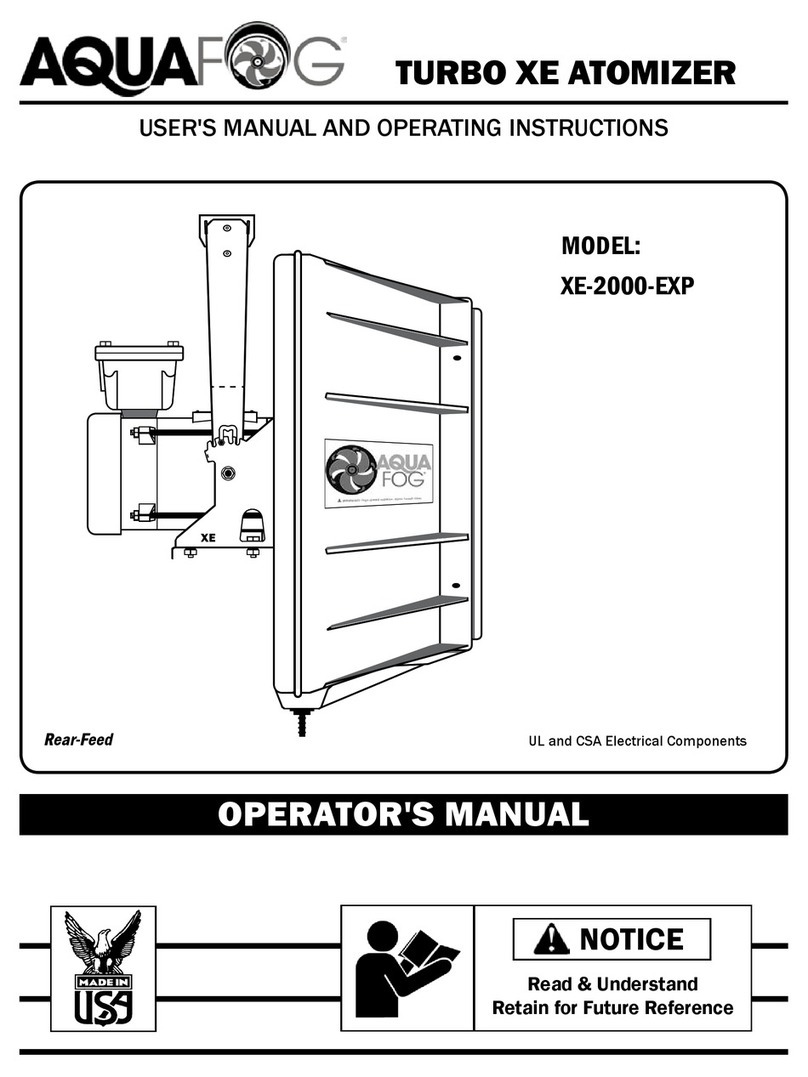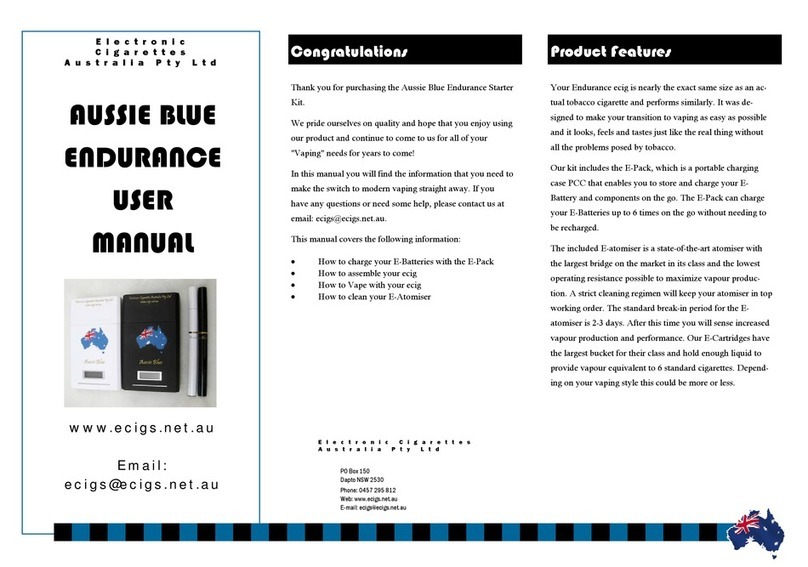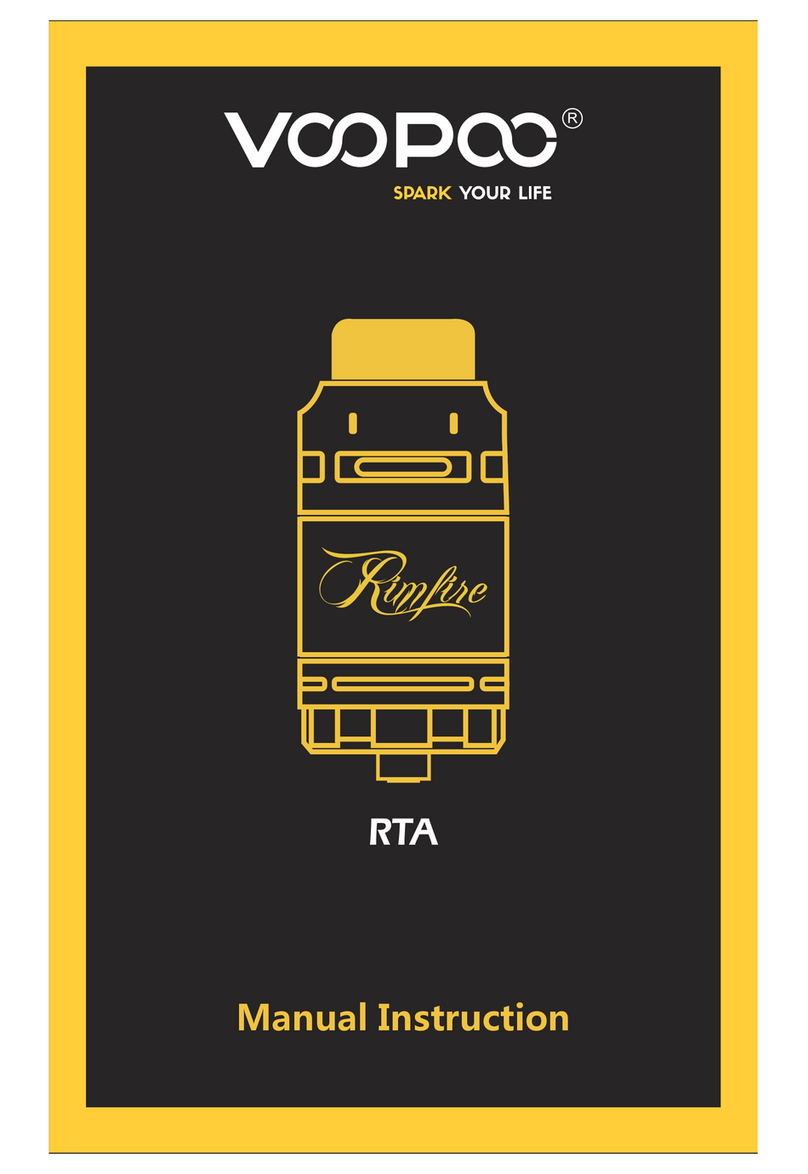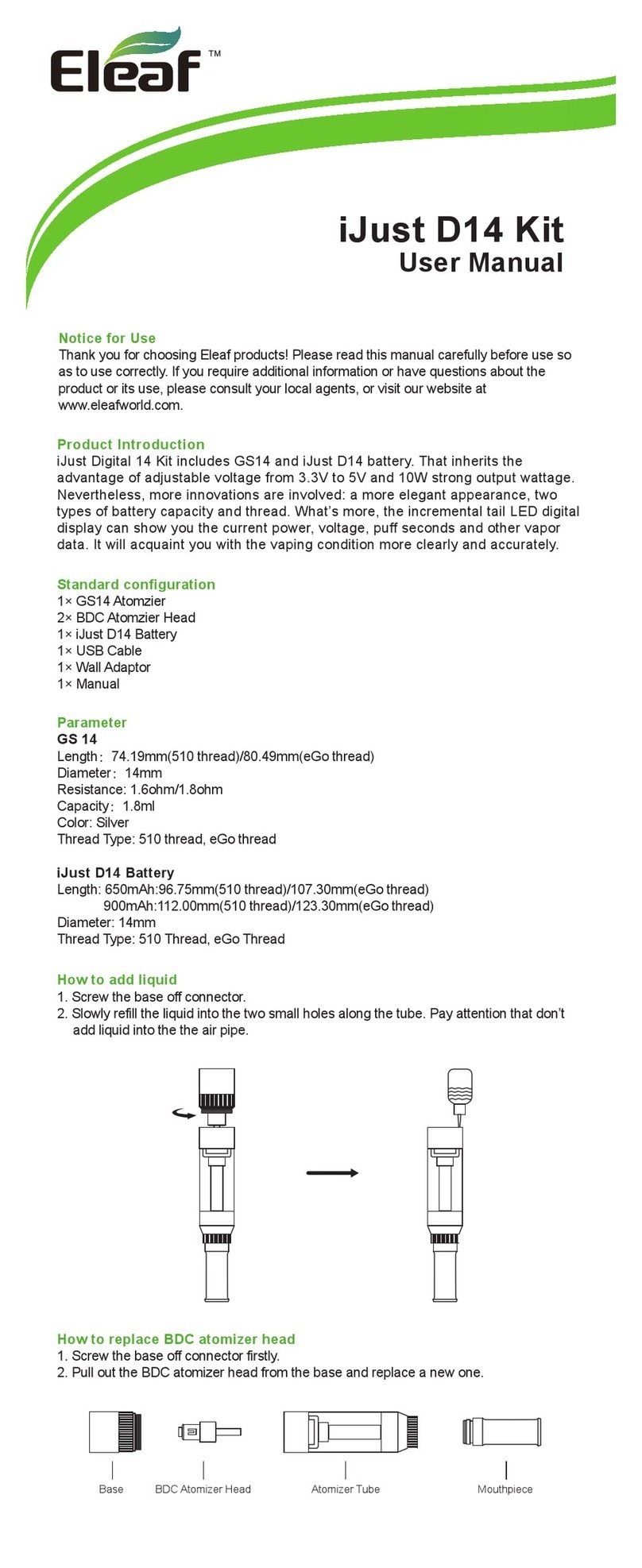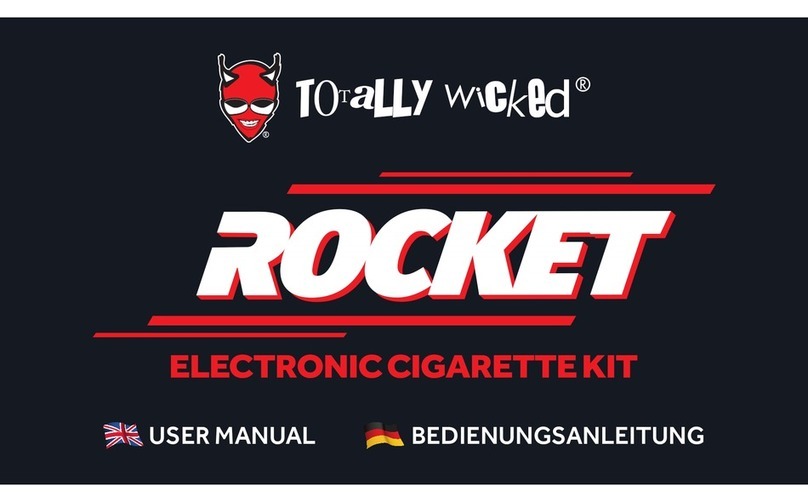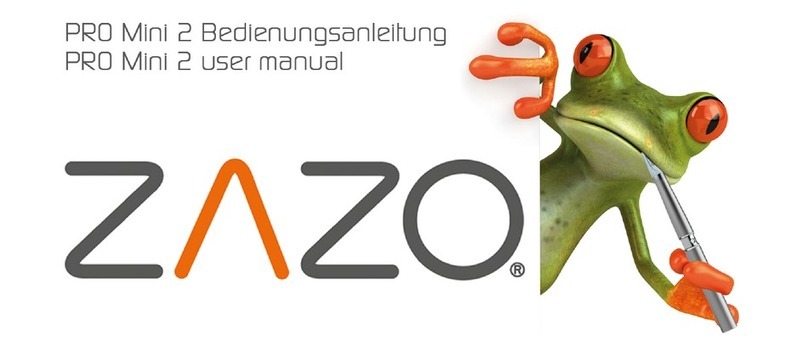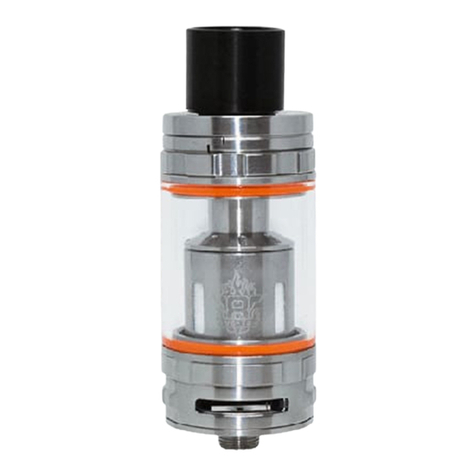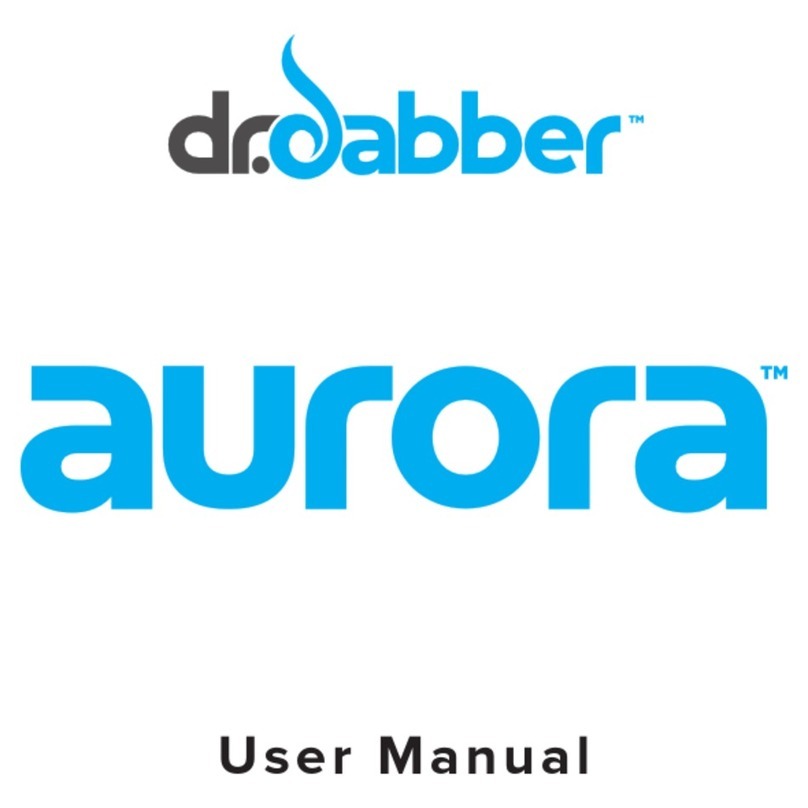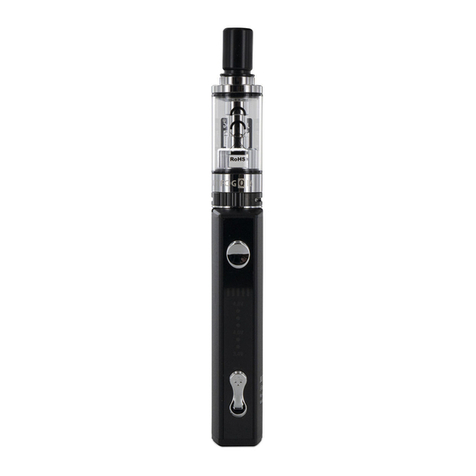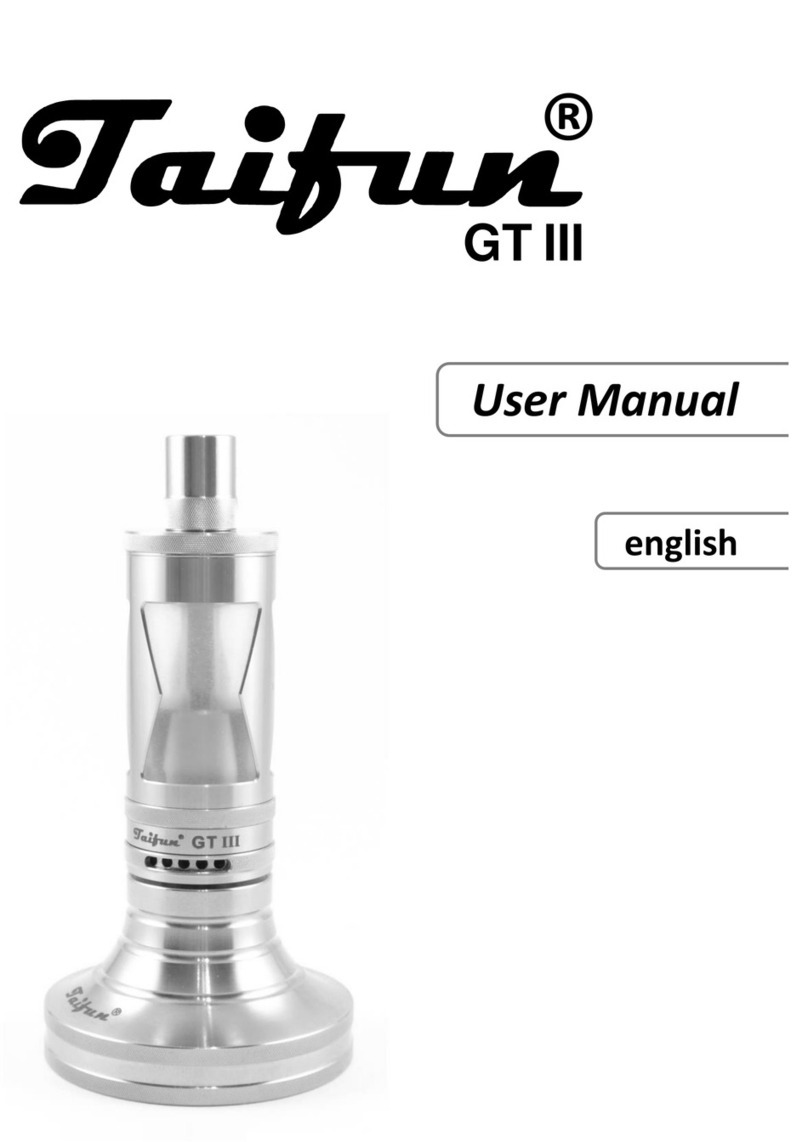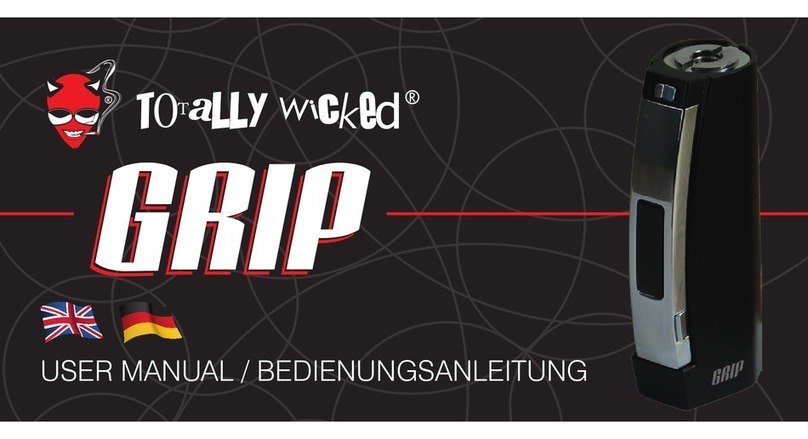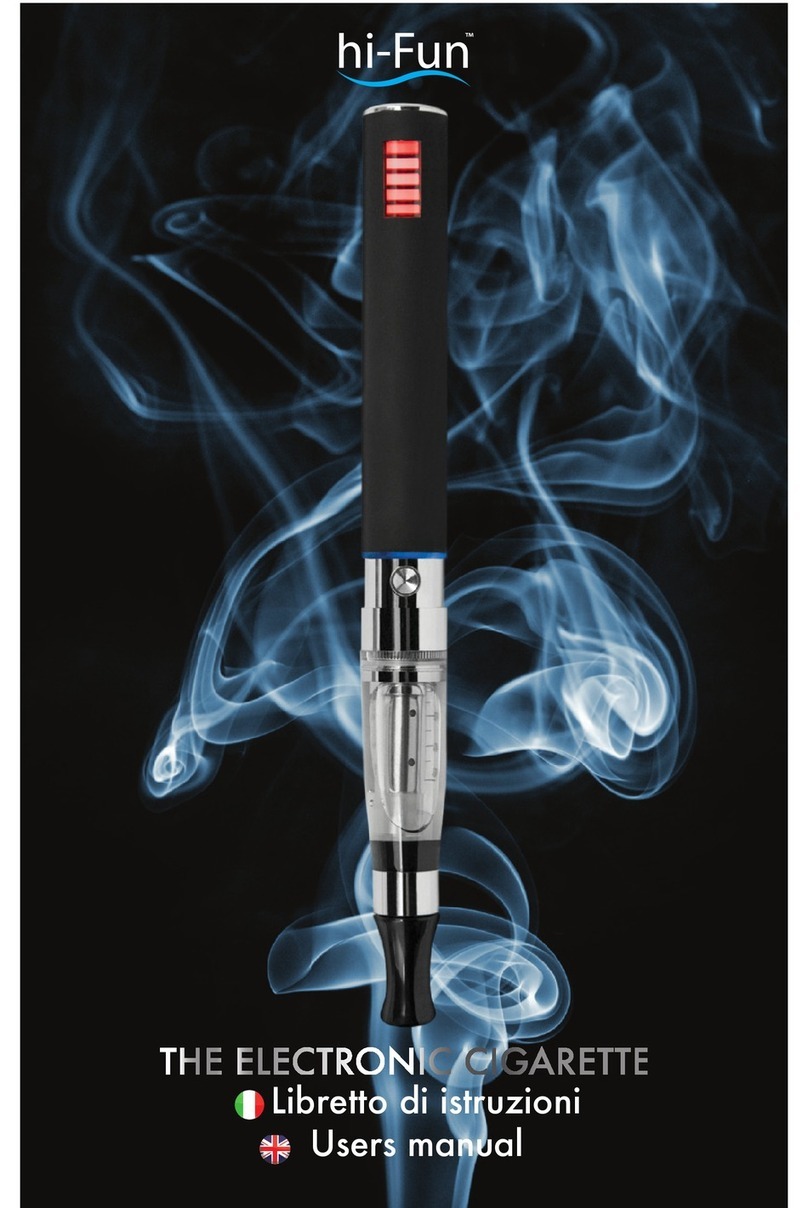
RMA-303 Direct Charge - Safety
1 LN-9266-11.3
SAFETY PRECAUTIONS
Before operating, maintaining or servicing any
Ransburg electrostatic coating system, read
and understand all of the technical and safety
literature for your Ransburg products. This
manual contains information that is important
for you to know and understand. This infor-
mation relates to USER SAFETY and PRE-
VENTING EQUIPMENT PROBLEMS. To help
you recognize this information, we use the fol-
lowing symbols. Please pay particular attention
to these sections.
A WARNING! states information to alert you
to a situation that might cause serious inju-
ry if instructions are not followed.
A CAUTION! states information that tells
how to prevent damage to equipment or
how to avoid a situation that might cause
minor injury.
A NOTE is information relevant to the pro-
cedure in progress.
While this manual lists standard specifications
and service procedures, some minor devia-
tions may be found between this literature and
your equipment. Differences in local codes and
plant requirements, material delivery require-
ments, etc., make such variations inevitable.
Compare this manual with your system instal-
lation drawings and appropriate Ransburg
equipment manuals to reconcile such differ-
ences.
Careful study and continued use of this manual
will provide a better understanding of the
equipment and process, resulting in more effi-
cient operation, longer trouble-free service and
faster, easier troubleshooting. If you do not
have the manuals and safety literature for your
Ransburg system, contact your local
Ransburg representative or Ransburg.
SAFETY
The user MUSTread and be familiar
with the Safety Section in this manual and
the Ransburg safety literature therein
identified.
This manual MUSTbe read and thor-
oughly understood by ALLpersonnel who
operate, clean or maintain this equipment!
Special care should be taken to ensure that
the WARNINGSand safety requirements
for operating and servicing the equipment
are followed. The user should be aware of
and adhere to ALL local building and fire
codes and ordinances as well as NFPA-33
SAFETY STANDARD, LATEST EDITION,
prior to installing, operating, and/or servic-
ing this equipment.
! W A R N I N G
! W A R N I N G
The hazards shown on the following
pages may occur during the normal use
of this equipment. Please read the haz-
ard chart beginning on page 2.
